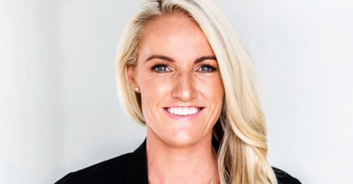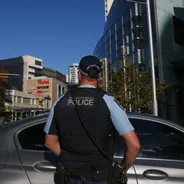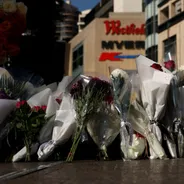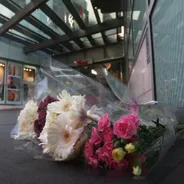During WWII, the Nazis slaughtered approximately six million Jewish people - around one-and-a-half million of whom were only children. While the holocaust waged on, however, a few daring individuals were brave enough to risk their life for the sake of others.
Johan van Hulst, a Dutch seminary leader and schoolteacher, was one such person.
In 1943, van Hulst saved at least 600 babies and children from being sent to concentration camps. As he was not Jewish, van Hulst was unlikely to have been troubled at all by the fascist regime. However, by going out of his way to save so many young people, he was voluntarily putting his life on the line.
The scheme began when Henriette Pimentel, a creche owner, and Walter Suskind, a German Jew, began looking for families to adopt children who were at risk of being sent to their deaths by the Nazis. Pimentel's creche was being used to house Dutch children whose parents had already been issued deportation notices by the government.
Van Hulst, who was the headmaster of the school opposite the creche, helped the pair smuggle children away to safety, and doctored the Nazi's records of who had been sent to the nursery. If 30 children had been sent to the creche, for example, van Hulst would only record 25 names - meaning the other five would not be missed by Nazi officials.
The actual escape operations were highly dangerous, with Pimentel, Suskind and van Hulst arranging for children to be hidden in baskets and sacks, passed over hedges, and tactically ferried away from the nursery while a passing tram blocked the Nazis' view of the creche. Dozens of volunteers came to help.
Long after the war ended van Hulst described the tremendous pain of having to choose which kids to save, and which ones to risk sending to their deaths. "Now try to imagine 80, 90, perhaps 70 or 100 children standing there, and you have to decide which children to take with you ... That was the most difficult day of my life," he said. "You know for a fact that the children you leave behind are going to die. I took 12 with me. Later on, I asked myself: ‘Why not 13?'"
Tragically, their operation had to end in September 1943, when Pimental and 100 children from her nursery were sent to concentration camps. She later died at Auschwitz, and the fate of the children who went with her is unknown.
Van Hulst, meanwhile, remained undetected until 1945, at which point someone else who was involved in the plot gave up his name to Nazi officials. Fearing that he would meet the same fate as Pimental and countless others who had aided Jewish people during the war, van Hulst went into hiding until the Netherlands was liberated later that year, in May.
More than half a century later, in 2012, van Hulst was honored by Benjamin Netanyahu. The Israeli Prime Minister was on a trip to the Netherlands when he thanked the selfless hero, saying, "We say, those who save one life save a universe. You saved hundreds of universes. I want to thank you in the name of the Jewish people, but also in the name of humanity."
After the war was over, van Hulst went on to become a member of the Dutch Senate and a serving politician in the European Parliament. He died on March 22nd at the old age of 107, but will continue to be remembered as a selfless hero and a force for good during a time of hopelessness.












